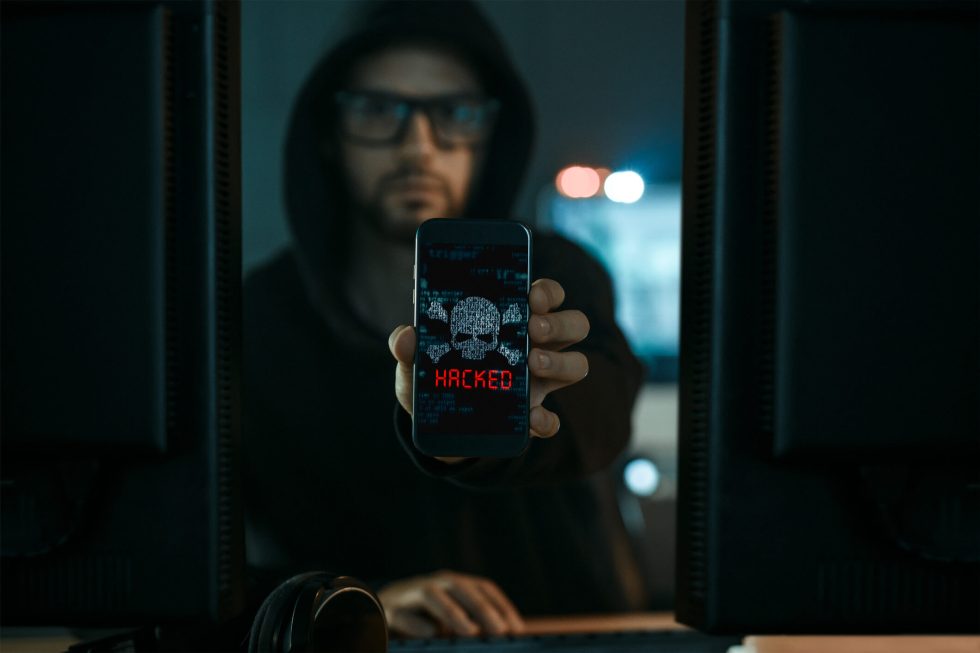Personal Infosec 101 —
In this first of two parts, we go over some security steps everyone should be taking.
Sean Gallagher
–

Enlarge / Artist’s impression of how to keep your digital stuff safe from all kinds of threats.
Aurich Lawson | Getty Images
I spend most of my time these days investigating the uglier side of digital life—examining the techniques, tools, and practices of cyber criminals to help people better defend against them. It’s not entirely different from my days at Ars Technica, but it has given me a greater appreciation for just how hard it is for normal folks to stay “safe” digitally.
Even those who consider themselves well educated about cyber crime and security threats—and who do everything they’ve been taught to do—can (and do!) still end up as victims. The truth is that, with enough time, resources, and skill, everything can be hacked.
The key to protecting your digital life is to make it as expensive and impractical as possible for someone bent on mischief to steal the things most important to your safety, financial security, and privacy. If attackers find it too difficult or expensive to get your stuff, there’s a good chance they’ll simply move on to an easier target. For that reason, it’s important to assess the ways that vital information can be stolen or leaked—and understand the limits to protecting that information.

Enlarge / Did you really think we were going to be able to get through a cybersecurity article without at least one guy-in-a-ski-mask-with-a-laptop stock photo?
Pinopic / Getty Images
In part one of our guide to securing your digital life, we’ll talk briefly about that process and about basic measures anyone can take to reduce risks to their devices. In part two, available here, we’ll address wider digital identity protection measures, along with some special measures for people who may face elevated risks. But if you’re looking for tips about peanut butter sandwich dead drops to anonymously transfer data cards in exchange for cryptocurrency payments… we can’t help you, sorry.
You are not Batman
A while back, we covered threat modeling—a practice that encompasses some of what is described above. One of the most important aspects of threat modeling is defining your acceptable level of risk.
We make risk-level assessments all the time, perhaps unconsciously—like judging whether it’s safe to cross the street. To totally remove the threat of being hit by a car, you’d either have to build a tunnel under or a bridge over the street, or you could completely ban cars. Such measures are overkill for a single person crossing the street when traffic is light, but they might be an appropriate risk mitigation when lots of people need to cross a street—or if the street is essentially a pedestrian mall.

Enlarge / This guy isn’t actually Batman, either, but he’s a lot closer to being Batman than we are. (This is cosplayer Auri Aminpour next to his Batmobile. Wicked!)
The same goes for modeling the threats in your digital life. Unless you are Batman—with vast reserves of resources, a secret identity to protect from criminals and all but a select few members of law enforcement, and life-or-death consequences if your information gets exposed—you do not need Batman-esque security measures. (There are certainly times when you need additional security even if you’re not Batman, however; we’ll go into those special circumstances in the second half of this guide.)
For those who want to lock things down without going offline and moving to a bunker in New Zealand, the first step is to assess the following things:
- What in my digital life can give away critical information tied to my finances, privacy, and safety?
- What can I do to minimize those risks?
- How much risk reduction effort is proportional to the risks I face?
- How much effort can I actually afford?
Reducing your personal attack surface
The first question above is all about taking inventory of the bits of your digital life that could be exploited by a criminal (or an unscrupulous company, employer, or the like) for profit at your expense or could put you in a vulnerable position. A sample list might include your phone and other mobile devices, personal computer, home network, social media accounts, online banking and financial accounts, and your physical identification and credit cards. We’re going to cover the first few here; more will be covered in part two.
Each of these items offers an “attack surface”—an opportunity for someone to exploit that component to get to your personal data. Just how much of an attack surface you present depends on many factors, but you can significantly reduce opportunities for malicious exploitation of these things with some basic countermeasures.
Physical mobile threats
Smart phones and tablets carry a significant portion of our digital identities. They also have a habit of falling out of our direct physical control by being lost, stolen, or idly picked up by others while we’re not attending to them.
Defending against casual attempts to get at personal data on a smart phone (as opposed to attempts by law enforcement, sophisticated criminals, or state actors) is fairly straightforward.
First, if you’re not at home, you should always lock your device before you put it down, no exceptions. Your phone should be locked with the most secure method you’re comfortable with—as long as it’s not a 4-digit PIN, which isn’t exactly useless but is definitely adjacent to uselessness. For better security, use a password or a passcode that’s at least six characters long—and preferably longer. If you’re using facial recognition or a fingerprint unlock on your phone, this shouldn’t be too inconvenient.

Enlarge / Artist’s impression of a person who has hacked a mobile phone. (In reality, phones don’t actually say “HACKED!” to alert you that you’ve been hacked. Things would be a lot easier if they did.)
D-Keine / Getty Images
Second, set your device to require a password immediately after it’s been locked. Delays mean someone who snatches your phone can get to your data if they bring up the screen in time. Additionally, make sure your device is set to erase its contents after 10 bad password attempts at maximum. This is especially important if you haven’t set a longer passcode.
Also, regularly back up your phone. The safest way to back up data if you’re concerned about privacy is an encrypted backup to your personal computer; however, most iOS device owners can back up their data to iCloud with confidence that it is end-to-end encrypted (as long as they have iOS 13 or later). Your mileage will vary with different Android implementations and backup apps.
Along the same lines, make sure you have installed the most recent version of the phone OS available to prevent someone from taking advantage of known security bypasses. For iOS, this is generally simple—when your device prompts you to upgrade, do it. The upgrade situation on Android is somewhat more complicated, but the same general advice holds true: upgrade ASAP, every time. (There is a school of thought that says you should hold off on the latest upgrades in order for bugs to be worked out, but adhering to that advice will put you in a position where your device might have exploitable vulnerabilities. You can mitigate those vulnerabilities by upgrading.)

